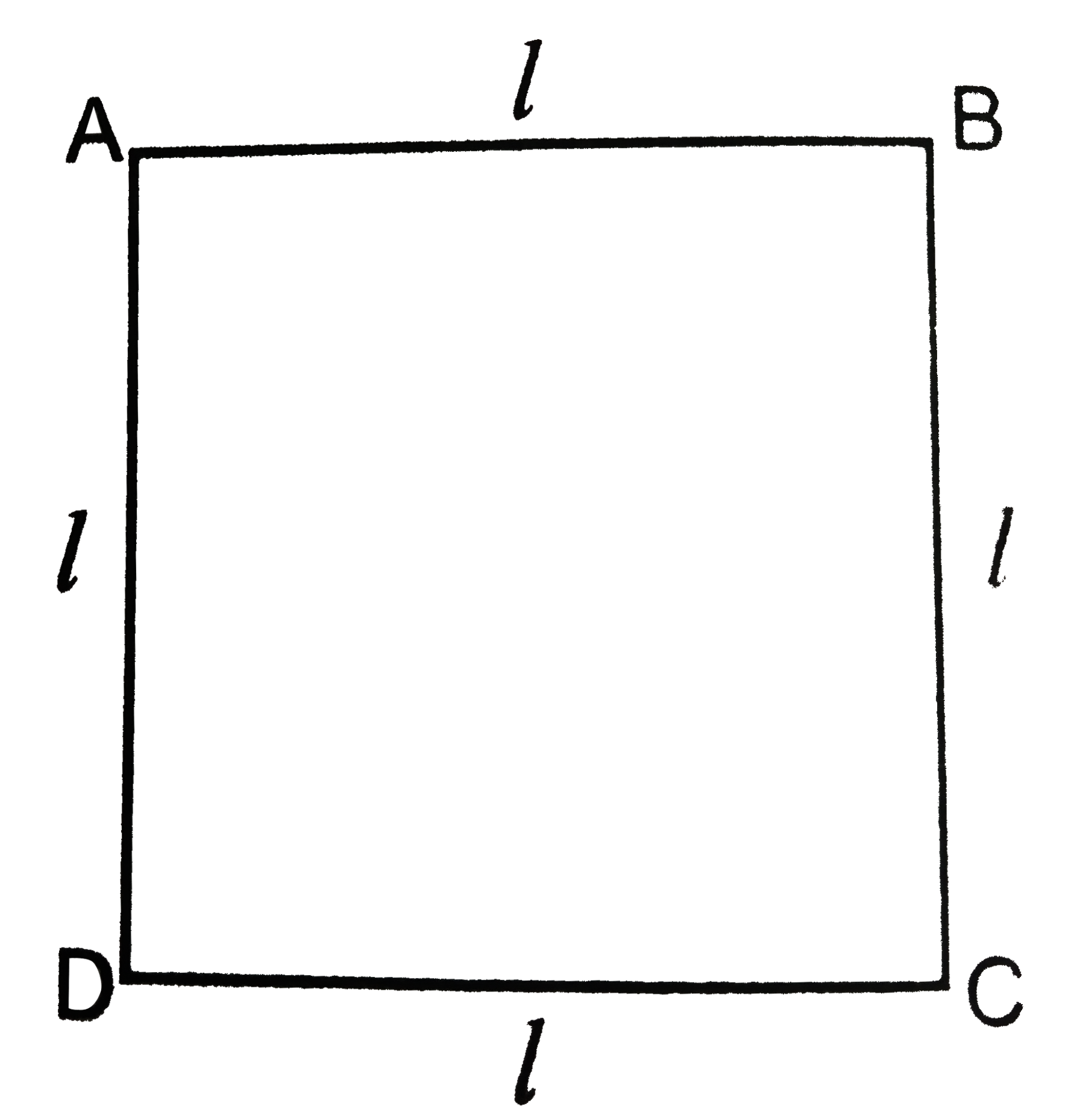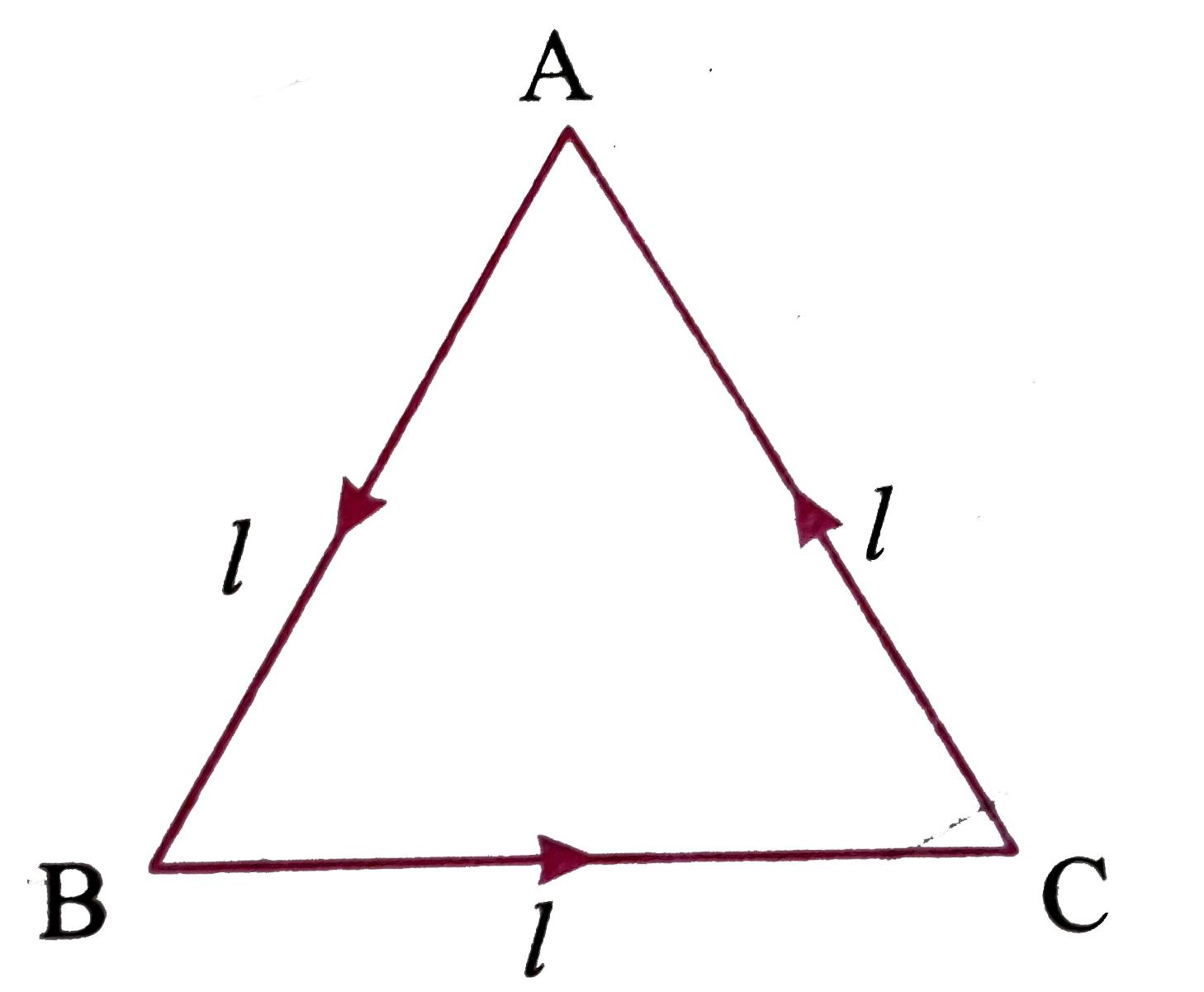A particle moves along the side of a square of length 'l' starting from A and reaches the opposite corner 'C' by travelling from A to B and B to C in time the average velocity is
 Solution in Telugu
Solution in Telugu
2lt
l√2t
Zero
√2lt
The correct Answer is:D
Step by step video & image solution for A particle moves along the side of a square of length 'l' starting from A and reaches the opposite corner 'C' by travelling from A to B and B to C in time the average velocity is by Physics experts to help you in doubts & scoring excellent marks in Class 10 exams.
Updated on:21/07/2023Topper's Solved these Questions
- MOTIONBOOK - VGS PUBLICATION-BRILLIANTCHAPTER - MOTIONEXERCISE - PREVIOUS SUMMATIVE ASSESSMENTS BITS
6 Videos
- MECHANICAL PROPERTIES OF SOLIDSBOOK - VGS PUBLICATION-BRILLIANTCHAPTER - MECHANICAL PROPERTIES OF SOLIDSEXERCISE - PROBLEMS
15 Videos
- MOTION IN A PLANEBOOK - VGS PUBLICATION-BRILLIANTCHAPTER - MOTION IN A PLANEEXERCISE - Additional problems
5 Videos
Similar Questions
What happens if we remove mudguard from two wheelers, predict ?
View SolutionA copper wire of 1mm diameter is stret- ched by applying a forcre of 10 N. Find the stress in the wire.
View SolutionThe ceiling of a long hall is 25 m hight . What is the maximum horizontal distance that a ball thrown with a speed of 40 mn−1 can go without hitting the ceiling of the hall ?
View SolutionA particle starts from a pointn A and travels along the solid curve shown in figure. Find approximately the position B of the particle such that the average velocity between the positions A and B has the same direction as the instantaneous velocity at B.

View SolutionA praticle moves along the side of a squre fo length (l) starting from (A) andreaches the opposite crne (C ) by travelling from (A) to (B) and (B) to (C ). If the tiemtaken is (T), the average velocity of the particle is
 .
.
View SolutionThree particles A,B and C and situated at the vertices of an equilateral triangle ABC of side of length l at time t=0,Each of the particles move with constant speed u. A always has its velocity along AB,B along BC and C along CA.

View SolutionVelocity time graphs of particles A and B moving along x-axis are shown here. Both A and B start from origin:

View Solutionकोई कण एकसमान त्वरण के साथ सरल रेखा ABC के अनुदिश चल रहा है , जहाँ है ।AB=BC कण का औसत वेग Aसे B तक 10 मी /से और B से C तक 15 मी /से है । A से C तक की पूरी यात्रा में कण का औसत वेग मी /से है
View SolutionA particle starts at the point A and moves to B along East and then it moves from B to C. The distance travelled by the particle during the entire journey is N 10m 90% E A 10m B
View SolutionA particle starts at the point A and moves to B along East and then it moves from B to C. The distance travelled by the particle during the entire journey is N 10m 90% E A 10m B
View SolutionA particle starts from a point A and travels along the solid curve shown in figure. Find approximately the position B of the particle such that the average velocity between the positions A and B has the same direction as the instantaneous velocity at B.

View SolutionThree particles A, B & C start from the origin at the same time, A with a velocity 'a' along X-axis, B with a velocity 'b' along y-axis and C with velocity 'c' in XY plane along the line x = y. The magnitude of 'c' so that the three always remain collinear is:
View SolutionThree particles A, B & C start from the origin at the same time, A with a velocity 'a' along X-axis, B with a velocity 'b' along y-axis and C with velocity 'c' in XY plane along the line x = y. The magnitude of 'c' so that the three always remain collinear is:
View SolutionA particle moves along the sides AB,BC,CD of a square of side 25m with a velocity of "15ms^(-1).Its average velocity is
View SolutionFour particles A,B,CandD are situated at the corner of a square ABCD of side a at t-0. Each of particles moves with constant speed (v). A always has its velocity along AB,B along BC,C along CD~andD along DA. At what time will these particles meet each other ?
View SolutionVelocity time graphs of particles A and B moving along x-axis are shown here. Both A and B start from origin:

View Solution
